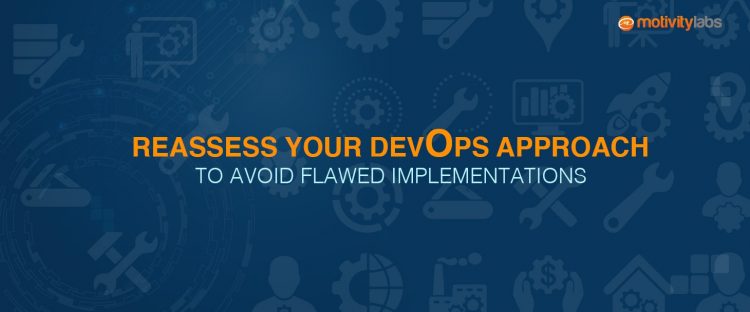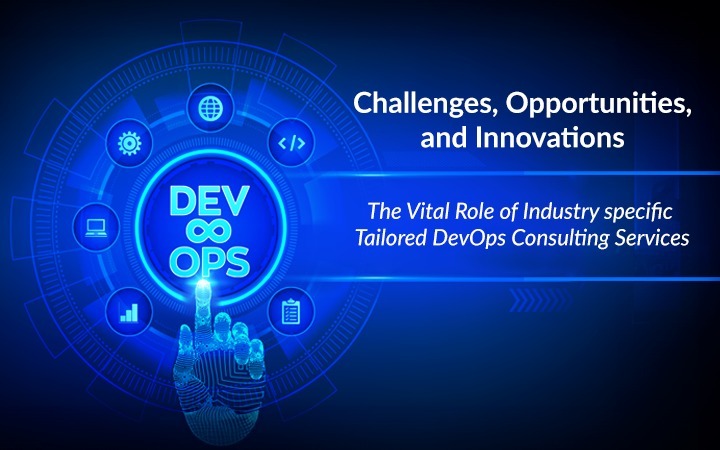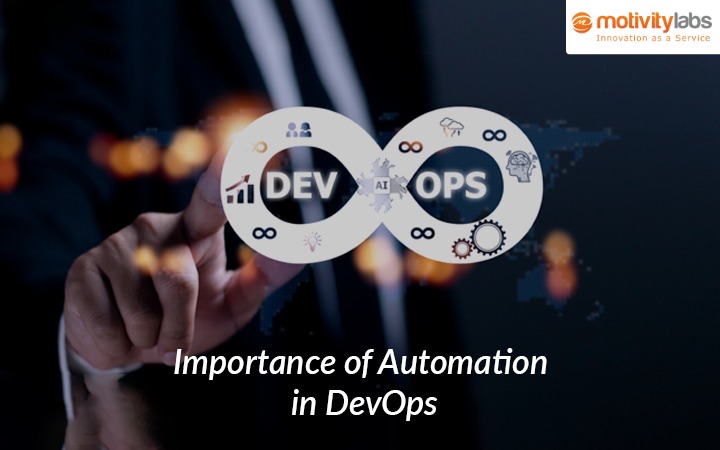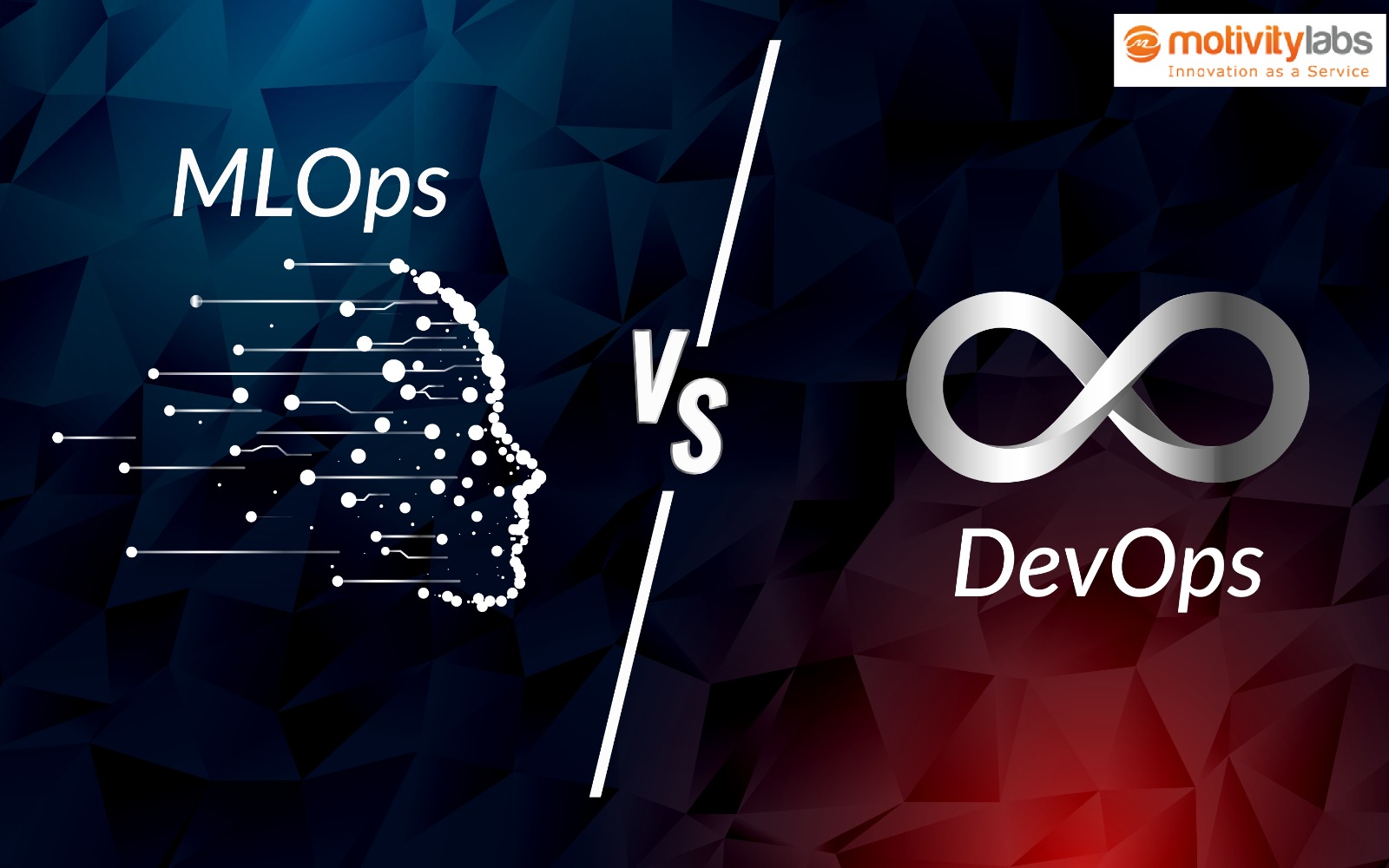Reassess Your DevOps Approach to Avoid Flawed Implementations. DevOps is a transformative ethos that many global enterprises have used to their advantage. Mixing together a few tools and adding new processes do not qualify to become a DevOps-fueled organization. Being a truly fueled organization demands a much deeper understanding and adapting the right DevOps approach. Sometimes it is too late for organizations to realize that they are not achieving desired results with their DevOps approach and as a result, they have to bear the consequences of their flawed implementations.
This section points to some of the most common flawed implementations and misconceptions surrounding DevOps. DevOps isn’t a title or award an organization can achieve, rather it is a culture and corporate philosophy that demands thorough understanding. The time is right to take a step back, reanalyze or reassess your DevOps approach to prevent flawed implementations.
Purchase Intentions to DevOps
IT needs hardware such as servers, computers, network switches, load balancers, server racks, routers, and so on to operate. Similarly, they also need software such as antivirus products, operating systems, project management solutions, productivity software, and so on. For all their software and hardware requirements, IT departments have developed the habit of purchasing “stuff” since their inception.
Reassess Your DevOps Approach to Avoid Flawed Implementations with respect to DevOps, this is where companies can go wrong thinking that they can own DevOps by purchasing them. Organizational leaders including CIOs have started to realize what DevOps can do for their organizations. Some of them realize strongly that they want DevOps; however, quite often, they fail to realize that DevOps is not a service or product to buy. DevOps, in real, is a mode of operation or mindset. It represents knowledge demanding significant work and dedication on a company’s part to implement.
DevOps is not something that can be mastered overnight with a little training and a simple check. It is a real transformational approach to an organization’s core processes; it takes time and a team that can aptly implement practices.
Equating Tools and Software to DevOps
IT teams acquire tools to complete their jobs quickly and effectively. They demand to be equipped with tools to manage clients, compute, storage, networking resources, and servers. But at the time considering tools and DevOps, many organizations found themselves in a confusing situation. DevOps, for sure, requires tools to deliver results. But when organizations ignore other critical aspects of DevOps and concentrate solely on the tools themselves, it invites some serious concerns. Tools are essential for processes, but they should be treated as one of the essential parts of DevOps.
The true DevOps culture consists of numerous facets that go beyond configuration management. A single powerful solution that is tangible does not make it a DevOps ninja; diversify your focus on its other impacting areas.
Using Runbooks and Checklists to Manage Code Deployments
Automation has become the crux of DevOps. Leading corporate giants have started giving paramount importance to automation in their DevOps culture. Not only it enables them to minimize human error, but also provides them with standardized processes covering their entire software development lifecycle.
Businesses very well understand that automation is the key growth factor for other DevOps principles such as routine code deployments, establishing consistency, etc. Moreover, it plays an essential role in reliable code deployments.
Companies thinking that they can achieve faster code deployment manually and are facing a time crunch to automate everything, need to reassess their perception of the DevOps Approach. It’s time to stop wasting hours over checklists to make code ready to be deployed. Organizations must ensure that have placed everything required on the table for automation. This includes server builds, testing, deployments, code check-in policies, and other requirements.
Frequent Release of Code to Production
After the issue of automation is taken care of, the next step is to address deployment frequency. DevOps aims at releasing new features to production quickly time and fixing bugs. This process becomes very challenging to achieve by following a traditional waterfall approach; the answer lies in being agile. At its core, the agile methodology means releasing small changes as frequently as an organizational system permits.
DevOps is synonymous with advanced concepts like continuous deployment and continuous integration. It is about encouraging developers to consistently check code. For skilled developers, their true test lies in taking that code and directly sending it to production via continuous deployment. In many ways, DevOps assists organizations in understanding the concept of being “production ready”.
It’s all about the philosophy
Above all, DevOps is like a technical cultural philosophy. It expects organizations to build the required patience level, an understanding of people, and commitment to hard work to truly thrive.
To know more or to talk to our expert write to us today: marketing@motivitylabs.com



